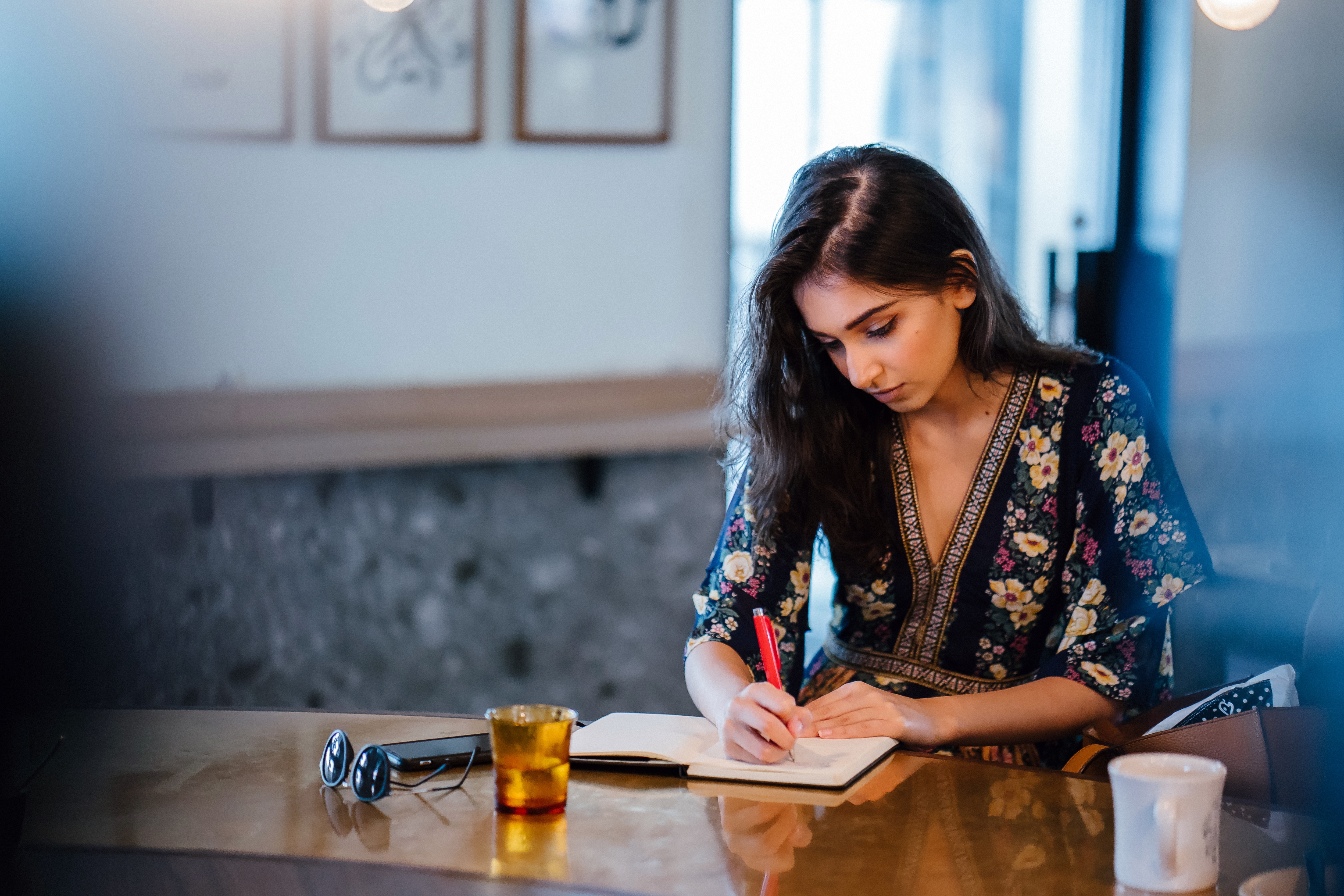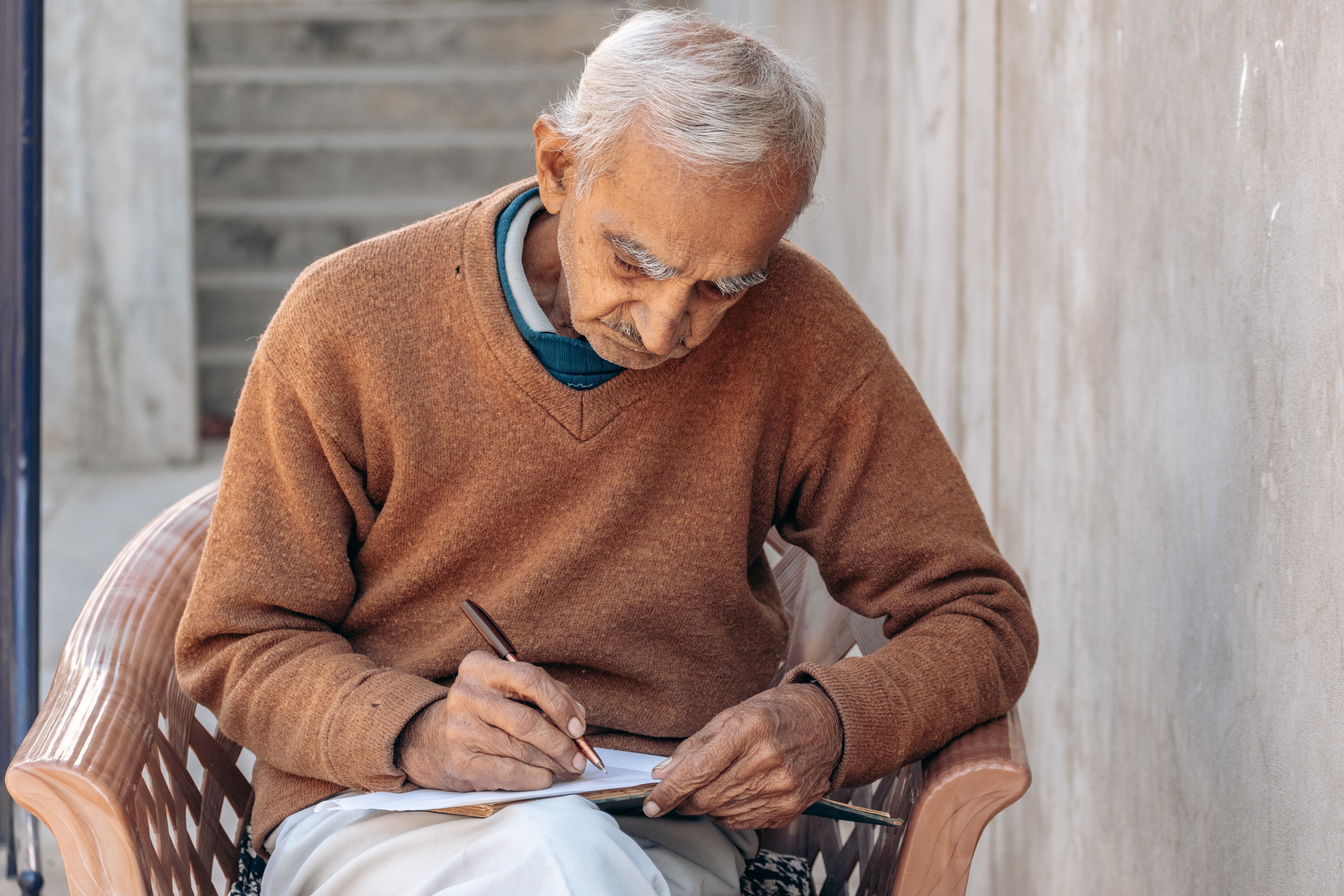
When William Woods was blinded at Gallipoli during World War I, he was pulled from the front line and sent home to New Zealand.
He was admitted to the Queen Mary Hospital in Hanmer Springs, which was set up for returning wounded and sick soldiers. Hanmer Springs, along with Trentham, Featherston and Rotorua, were chosen as hospital sites by the Government.
It was there that he met Leila Ethel-May Mills, whom he later married. To Woods, she was simply “Lil”.
They kept in contact through writing letters when her job as a physiotherapist, or masseuse, took her to Rotorua, and he stayed in Hanmer Springs.
Despite being blinded, his letters had few mistakes. Lil learnt braille so she could reply.

July 21, 1917
“I am always looking forward and hoping to receive your dear thoughts through the post, and whenever I think how difficult it must have been for you at first to write braille and how many of your charming letters I have received, then I am more than ever certain that had I searched the whole world over I should nowhere have found another girl whom I could love and respect as yourself dear.”
Woods’ granddaughter Jill Rogers, of Marlborough, said her grandfather was an “amazing man”.
“He never had one trace of bitterness. You’d think if you were blinded, and you were so young, that you might be.”
Each of the letters told a story of the day, like on September 16, 1917, when Woods had an “earthquake for dinner... with the pork”. According to Woods, the “two blended together nicely”.
There were so many letters, Rogers hadn’t had the chance to read them all.

August 7, 1917
“Practically the whole of the morning I waited on Colonel Rhodes - who desired to converse with me for a few moments. He is very interested in Gallipoli and has been all over which we held there and knows the “Daisy Patch” well. I am rather glad now I waited to see him, for he is a fine chap and I think it just as well to keep in with these fellows.”
August 11, 1917
By the way dear did you see the “Aurora” - was going to add “Borealis” but the spelling of this word has tied me into three knots so hope you will get me - that the above is the correct terminology for the “Southern Lights”. They appeared 6 or 7 o'clock on Thursday evening - a good many people thought it was the reflection of a fire. The heavens between the ferry and Glenwye were all the colours of the rainbow between pink and green and were more beautiful to look upon that anything of this nature has been for years. I wished very much my sweetheart that you had been here to describe these things to me ...”
By Boxing Day 1917, the pair married.
“He was never sorry for himself, there’s no self-pity. He was the most able person,” Rogers said.
“Some people are able-bodied, but dysfunctional. He was disabled, but so highly functional.”

Being quite young at the time, Rogers didn’t remember her grandfather talking much about the war, just that he could “chop the finest kindling” and he would take her to the Farmer’s Tearooms, in Christchurch, to get a pie for lunch.
“My father was in World War II, and he served in Italy, and he did [talk] sometimes, when he had a few drinks.”
James Colin Jamieson, World War II

Blenheim woman Denise Cooper stumbled upon her father’s World War II letters after both of her parents had died.
“They were in a plastic bag, I couldn't believe it,” Cooper said.
Each of the letters were sent by her father, James Colin Jamieson, to his mother.
July 24, 1940
My Dearest Mother. I have just had a nice cold shower and have changed my clothes and am feeling pretty perky and thought I would drop you a line or two. I have just put the socks on that Aunty Maude knitted for me and they are real good. When you see her you can tell her that they have stood the strain very well and as yet there are no holes in them.

April 29, 1941
Dear Mum. Just a line to let you know that I am okay and in the best of health. We are in the island of Crete about 200 miles from Athens. I came through it all without a scratch though we were dive bombed and machine gunned and shelled almost everyday for a fortnight. I saw Big Jack and Auther Hooker the day we arrived here and we had a few drinks together and that night we shared our blankets. Jack is looking well even though they had a tough time. I hope you are not worrying yourself sick over me. At the first chance I will have my photo taken and let you see that I am well.
Not long after this letter Jamieson was captured in Crete in 1941 and taken to a prison camp in Poland.
“Reading the letters, I really did learn the real hardship they went through,” Cooper said.
“But my dad always said that the normal German soldiers who captured them, looked after him very fairly, he was pretty well looked after in the prison camps, compared to the other people.”

He even got a cake on his 21st birthday, Cooper said.
“He always talked very fondly, for someone that was inside a prison camp. They were very good to him.”
About nine years ago, Jamieson sent the letters away to have them treated, to last longer.
“He was a very humble man. He never talked a lot about the war, unless he had a few to drink.
“I laugh at some of the letters, some of the expressions you wouldn’t get away with that today, some of what he said. Times have changed, he was pretty blunt.
“He quite surprised me that he wrote so much to his mum, he was very loving.”

June 26, 1942
Dear Mum. I received your parcel two days ago and it was real good. It contained pullover two shirts, two sets of underclothes, two towels, three pair of socks, face cloth, eight soap tooth packs and brush razor blades, and ton of chocolates. I could give you a big hug and a kiss for that.
“My husband and I recently did a trip to Germany, and we went to a couple of the concentration camps. And I just realised how lucky my dad was, he never ended up in one of them,” Cooper said.
“He wouldn’t have been my dad if any of that happened. It really opened my eyes.”
Harry Bernyle Thomas Hoar, World War II

Although Terry Hoar didn’t have the original handwritten diary and notebook of his father, as the original sat in the National Army Museum in Waiouru, he did have a photocopy.
The diary had hundreds of pages of notes that Corporal Harry Bernyle Thomas Hoar kept when he served for the HQ Company 35 Battalion in the South Pacific.
Terry Hoar didn’t remember his father doing much art growing up, but he was quite the cartoonist. The sketches showed plenty of humour too, despite the dark times.

“He never talked to me much about the war, it was only really when he went to the RSA I think, and I never really went there with him,” Terry said.
“He never used to go there [RSA], but his doctor said to him, ‘what do you do after work?’
“He said, ‘I just go home’, but he said he should relax, have a chat, because they used to talk about the war, I think that helped more.”

March 13, 1943:
“How they get on at night without mosquito nets I don’t know as when we first came here we were without them, and you never saw such a mess in all your life as the faces and arms of some of the chaps after they had had a feed of them. As I sit writing waiting for a job a Fijian is busy pounding away with a piece of solid steel on a block of wood hollowed out in the middle, on which is placed the cava root and pounded away until it is powder and that mixed with water makes a very popular drink ... which they call cava. If drunk in large quantities it produces a sort of paralysis of the legs but unlike our beer, leaves the mind quite clear.”

Colin William Burt, World War II

Then, there were some that never came home.
Mary Love’s uncle, Colin William Burt, was killed in action in April 1945.
Burt had served with the army as a Temporary Bombardier in the South Pacific, before he enlisted with the Royal New Zealand Air Force in 1943.
Love had a collection of her uncle’s pocket diaries and letters. It seemed Burt was keen to document the days.
“As I didn't receive this diary until 16th Feb, the period until then will not be in detail, but from memory. Of course I remember the memorable day when I was reduced to the ranks.”

His 1943 diary included snippets about rifle range shooting, but also more chilled times about cricket, or the time in April when he got a haircut.
A letter he wrote while “at sea in the Indian Ocean” wasn’t dated, but detailed what leaving Wellington was like.
“I am going to try and give you a few lines on the trip so far as we have gone, a good one so far. When I got aboard at Wellington I tried to get up the bow of the boat, but couldn’t, too many there, so climbed the rigging just as the boat moved off the wharf but am sorry to say that I couldn’t get a glimpse of any of you.”

“When the sea is rough at all you roll about in the bunk one side to the other and have to hold on in case of getting tipped out. I get a good appetite on board but don't get enough exercise. There is not much room with about eleven hundred aboard they are like flies around a honey pot.”
Growing up she was told her uncle was killed in England. But, a letter in her collection said he died in Italy.
“It was his body that was brought back to England and buried in Oxford, according to the letter,” she said.

Love said she held on to the letters and diaries because their history was important.
“I’ve hung on to everything, history gets lost, so I think it’s important. I just wish I knew more.”




